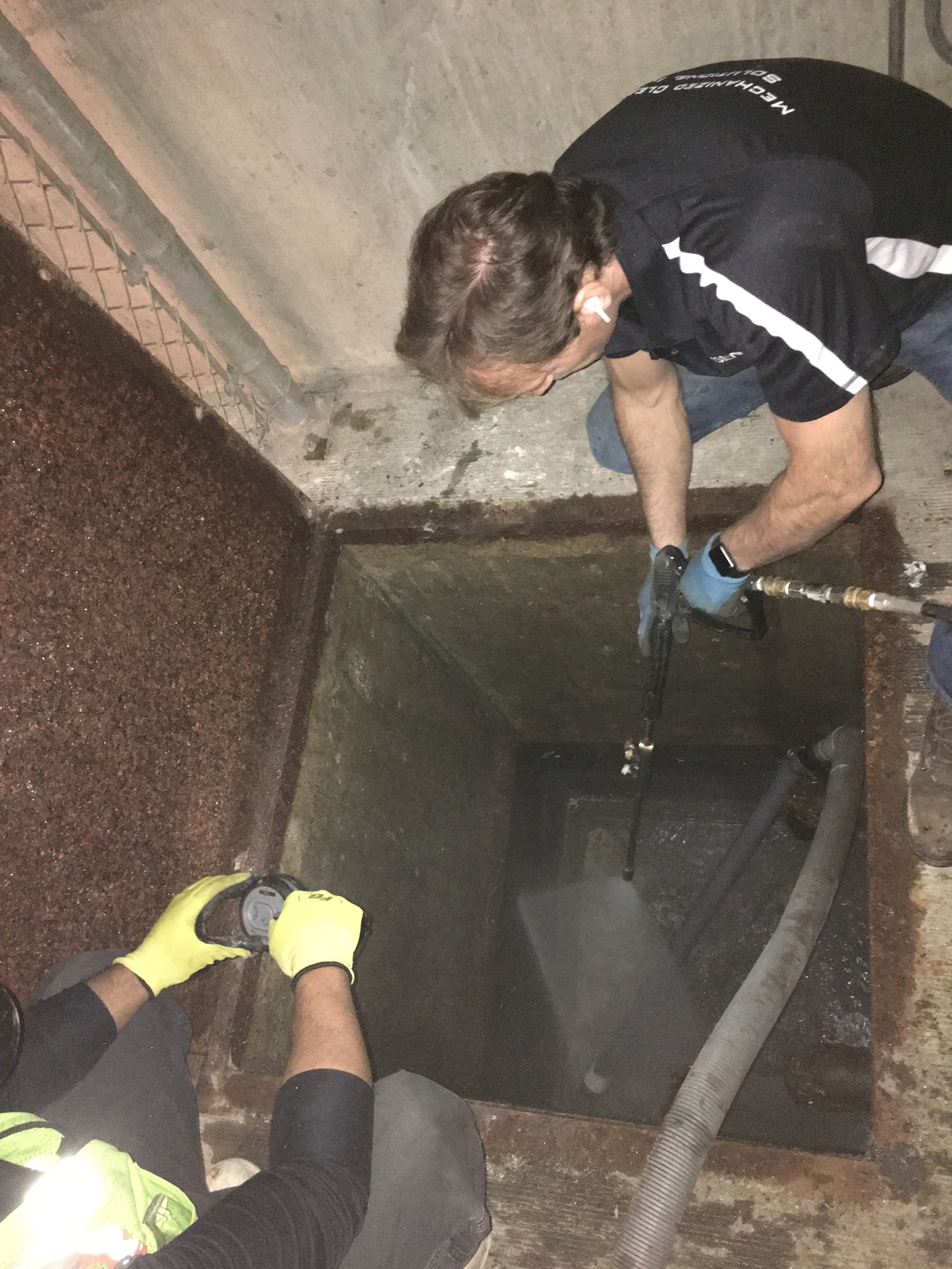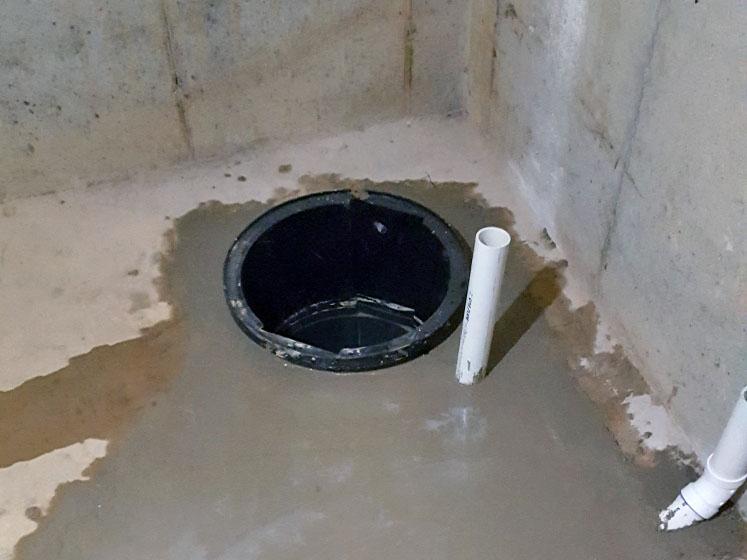Our Definitive Guide to Maintaining a Sump Pump
Our Definitive Guide to Maintaining a Sump Pump
Blog Article
We have unearthed this article on Cleaning & Maintenance Tips for Your Home's Sump Pump down the page on the internet and believe it made perfect sense to write about it with you on this site.

Sump pumps are essential elements in several homes, specifically in locations susceptible to flooding or extreme wetness. They aid stop water damages by efficiently removing excess water from cellars or crawl spaces. However, like any other appliance, sump pumps require normal maintenance to ensure they operate efficiently when required the most. Cleansing your sump pump is a crucial part of its upkeep, and recognizing just how to do it properly can save you from costly fixings and prospective catastrophes.
Intro
Preserving a tidy sump pump is important for its appropriate functioning and durability. Disregarding this crucial task can cause clogs, breakdowns, and inevitably, water damages to your residential or commercial property. For that reason, discovering exactly how to cleanse a sump pump is crucial for homeowners who rely on these gadgets to maintain their basements dry and secured.
Recognizing the Sump Pump
Prior to diving right into the cleaning procedure, it's necessary to have a standard understanding of just how a sump pump functions. Usually mounted in a pit or container below the basement flooring, a sump pump includes numerous crucial parts, consisting of a pump, a float switch, and a discharge pipe. When water builds up in the pit, the float button triggers the pump, which then pumps the water out through the discharge pipe, far from the structure's foundation.
Indications of a Dirty Sump Pump
Recognizing when your sump pump needs cleansing is vital for preventing prospective malfunctions. Some common signs that indicate an unclean sump pump consist of weird sounds throughout procedure, decreased water flow, and noticeable debris in the pit. If you notice any of these signs, it's necessary to cleanse your sump pump promptly to stay clear of any type of additional problems.
Planning for Cleansing
Prior to you begin cleaning your sump pump, it's vital to take some safety precautions. Start by shutting off the power to the pump to stay clear of any kind of electrical accidents. In addition, put on ideal protective gear, such as gloves and safety glasses, to protect yourself from dust, debris, and potential microorganisms.
Step-by-step Overview to Cleansing a Sump Pump
Shutting down the Power
Begin by disconnecting the power supply to the sump pump to stop any kind of accidents while cleaning.
Removing Particles and Dust
Utilize a container or a scoop to remove any kind of visible debris, dirt, or sediment from the sump pit. Dispose of the particles appropriately to prevent it from obstructing the pump or the discharge pipe.
Cleansing the Pump and Drift Switch
Once the pit is clear of particles, carefully get rid of the pump from the pit. Evaluate the pump and the float button for any type of indicators of damages or wear. Make use of a soft brush or fabric to clean up the surface areas and get rid of any gathered gunk.
Purging the System
After cleaning up the pump and float switch, flush the sump pit with tidy water to get rid of any kind of remaining dust or sediment. This will help guarantee that the pump operates efficiently and successfully.
Checking for Proper Functioning
Prior to re-installing the pump, perform a quick examination to guarantee that the float switch activates the pump properly. Pour some water into the sump pit and observe the pump's procedure. If whatever is operating correctly, you can rebuild the pump and reconnect the power supply.
Upkeep Tips to Maintain Your Sump Pump Clean
Along with routine cleansing, there are several upkeep pointers you can comply with to keep your sump pump in optimum problem:
Conclusion
Cleansing your sump pump is a critical facet of its upkeep and ensures that it runs successfully when you need it one of the most. By complying with the steps outlined in this guide and including regular maintenance right into your routine, you can prolong the life expectancy of your sump pump and shield your home from water damages.
6 STEPS ON HOW TO CLEAN A SUMP PUMP PROPERLY
UNDERSTANDING SUMP PUMPS
Your sump pump plays a crucial role in protecting your home by managing and removing excess water. It primarily functions as a “shield”, guarding your basement against the damaging effects of water accumulation. The pump is housed in a sump pit in the lowest part of your basement, and its job is to pump out any water that collects there.
During heavy rainfalls or when snow melts rapidly, water can infiltrate your basement, posing potential risks like flooding, structural damage, and harmful mold growth. Here, the sump pump springs into action, pumping out the intruding water and directing it away from your home.
SAFETY FIRST
Before cleaning, remember to prioritize safety. Disconnect the sump pump from the power source to prevent any accidental electric shocks. Also, wear sturdy gloves to protect your hands from any sharp or dirty components within the pump.
REMOVE THE SUMP PUMP
After ensuring your safety, the next step is to remove the sump pump from its pit. Doing this might require careful maneuvering as you don’t want to damage any pump components. Once removed, clean the sump pit to remove any accumulated debris or sludge.
INSPECT THE PUMP
Inspect the pump for any visible signs of wear or damage. Check the power cord, float switch, and impeller housing. If any components look worn out or damaged, consider replacing them to ensure optimal performance.
CLEAN THE PUMP
Thoroughly clean the pump with warm, soapy water. Make sure to rid it of any dirt, gravel, or other debris that might impede its performance. You can use a toothbrush to clean the small, hard-to-reach parts of the pump.
REINSTALL THE SUMP PUMP
Reinstall the pump into the sump pit Make sure it’s positioned correctly to remove the water effectively Once it’s back in place, reconnect it to the power source TEST THE PUMP
Finally, pour some water into the pit to ensure the pump works correctly. It should start automatically and begin pumping out the water; if it doesn’t, check the power source and the positioning of the pump.
Remember, while cleaning your sump pump is an essential part of home maintenance, hiring a professional plumber for a thorough inspection and cleaning at least once a year is also important. This will ensure that your pump is in optimal condition, ready to protect your home from potential water damage.
BEST PRACTICES FOR CLEANING SUMP PUMP DISCHARGE PIPES
Regular Inspection: Regularly inspect your discharge pipes, especially during heavy rainfall or snowmelt periods. Look for any signs of blockage or damage. Early detection of problems can prevent serious issues down the line. Periodic Cleaning: Over time, sediment and debris can accumulate in the discharge pipes, impeding the flow of water. Regular cleaning helps keep the pipes clear and functioning efficiently. You can use a high-pressure water jet to effectively clean the pipes. Insulation During Winter: In colder climates, discharge pipes can freeze, blocking the outflow of water. Protect your discharge pipes from freezing temperatures by insulating them with foam pipe insulation. This will ensure the sump pump can continue to discharge water even in freezing conditions. Proper Positioning: The discharge pipe should be positioned to direct water away from your home’s foundation. Improper positioning can lead to water seeping back into the basement. Ensure the pipe is long enough and angled correctly. Installation of a Check Valve: A check valve prevents water from flowing back into your sump pit after the pump has pushed it out. Installing a check valve helps maintain the efficiency of your sump pump and reduces the risk of flooding. Minimize Pipe Turns: Every curve or turn in the discharge pipe can decrease the efficiency of water flow. By minimizing turns and bends in your discharge pipe, you can increase the efficiency of your sump pump. https://www.fullspeedplumbing.com/how-to-clean-a-sump-pump-properly9999/

I recently found that post about How to Care for Your Sump Pump while surfing around the search engines. You should take a moment to share this article if you enjoyed it. Thanks so much for your time spent reading it.
Estimate Free Report this page